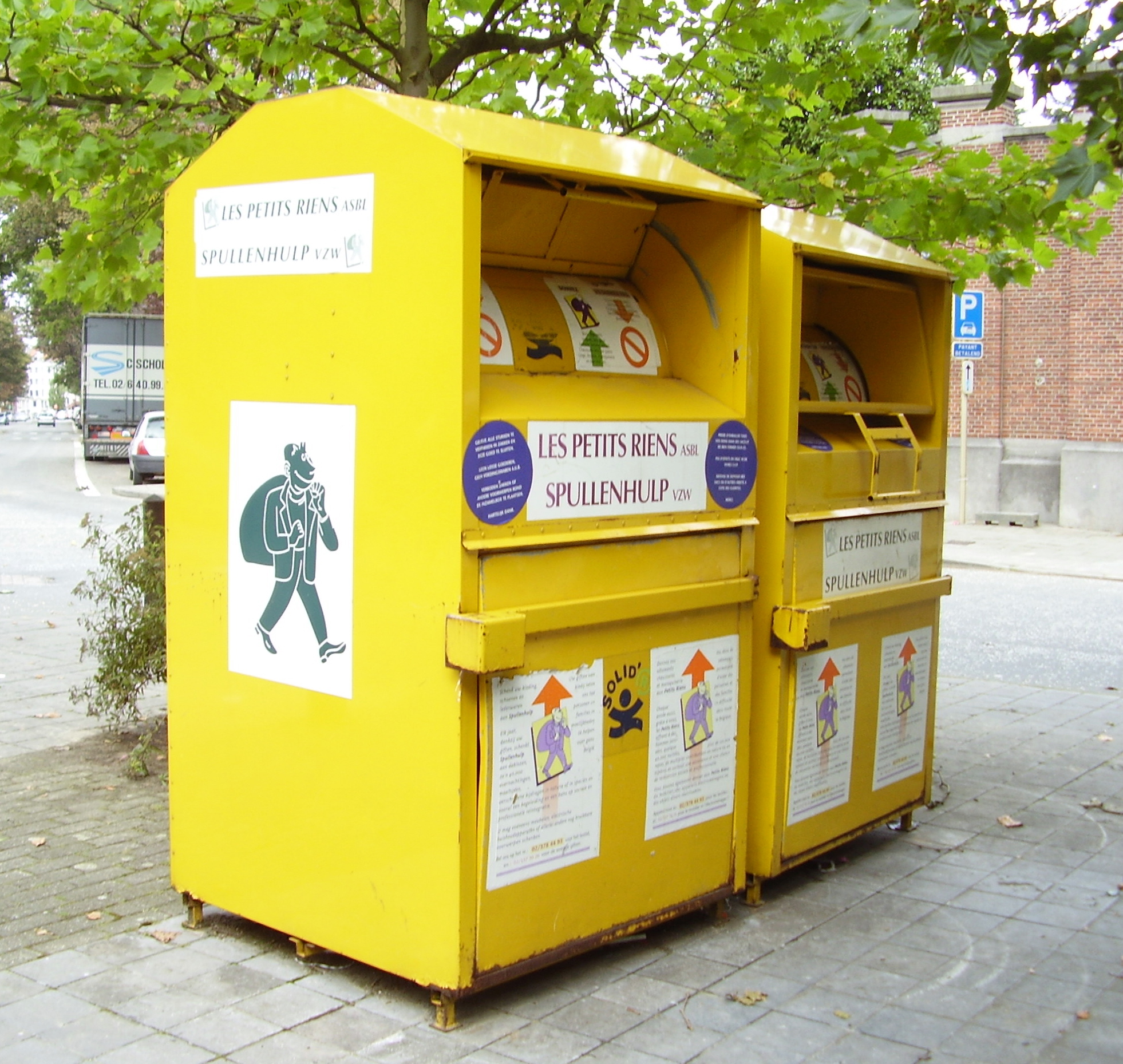Make it Easier for us

LABEL ADDITIONAL ITEMS
No need to take fabric off rolls! Please mark all fabric rolls and any non-FABSCRAP-bag containers or boxes as BLACK or BROWN for proper processing.

ON-CALL PICKUP
If you are unsure how often you will need pickup, the on-call option offers the most flexibility. Simply call, email, or request pickup online when you're ready.

SCHEDULED PICKUP
After the first few pickups, we can schedule service on a regular interval that works best for you - weekly, every other week, monthly, every other month, quarterly, etc.







